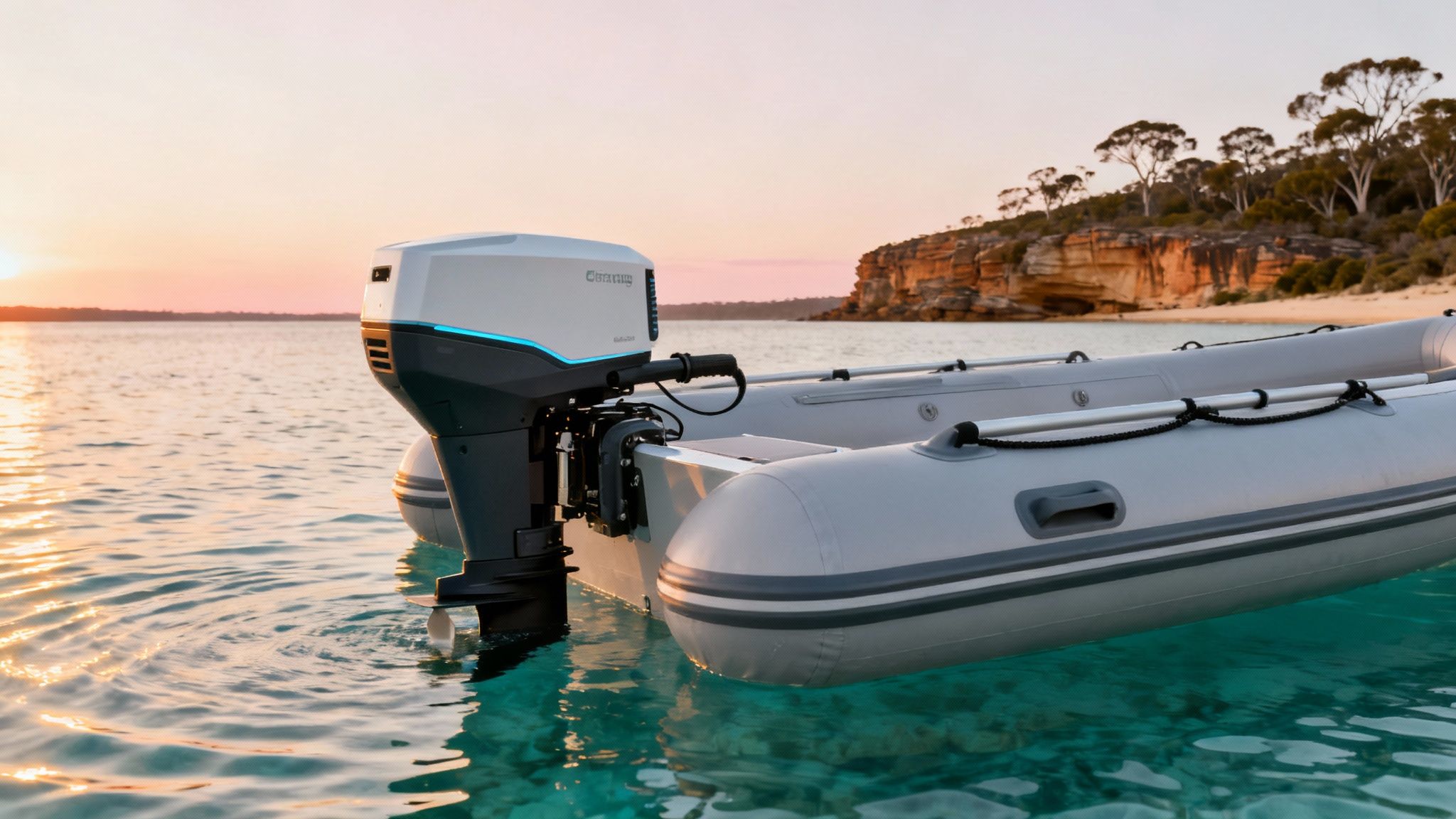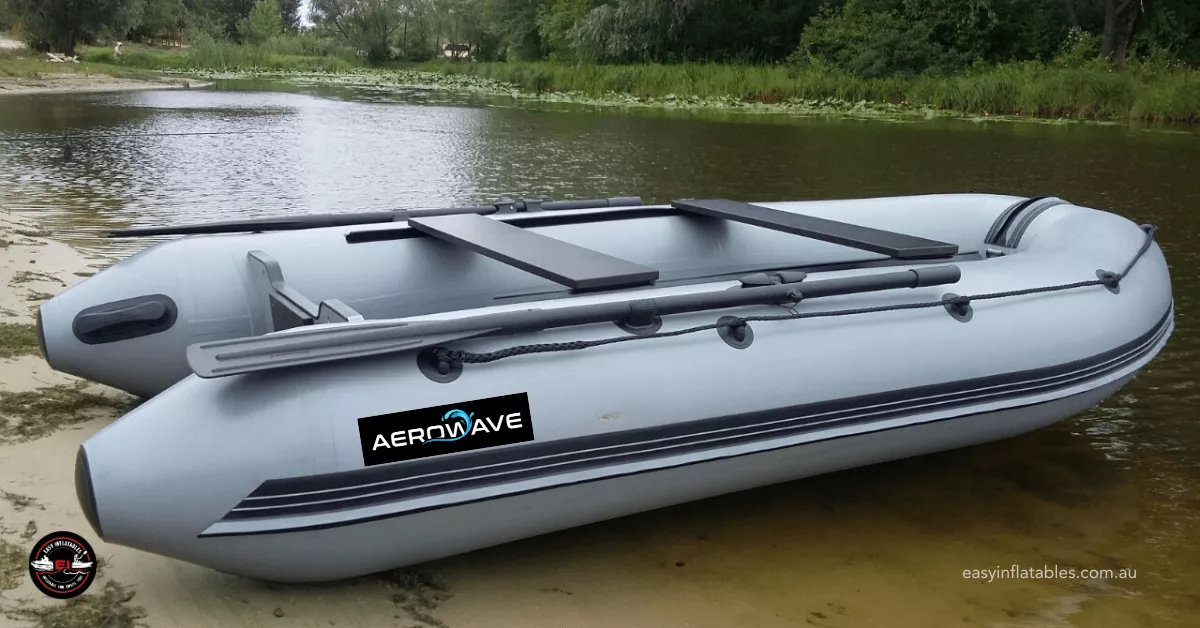
Inflatable boats offer the perfect blend of convenience, portability, and performance, making them a popular choice for water enthusiasts. Whether you’re preparing for a fishing trip, a day of exploration, or a leisurely paddle, ensuring proper setup and adherence to safety protocols is crucial. In this guide, we’ll dive into the essential steps for setting up your inflatable boat and maintaining safety every step of the way.
The foundation of any successful boating experience is a well-prepared vessel. Proper setup ensures that your inflatable boat functions efficiently, remains stable on the water, and minimizes risks during use. Incorrect setup, on the other hand, can lead to instability, leaks, or even accidents. By dedicating time to correctly assemble and inspect your boat, you’re not just safeguarding your equipment but also protecting yourself and your passengers.
Before you begin assembling your inflatable boat, it’s important to have all the necessary tools and accessories on hand. A quick checklist can make the process smoother:
Having these essentials ready will streamline the setup process and reduce the risk of overlooking critical steps.
Proper inflation is key to the stability and durability of your inflatable boat. Overinflation can cause stress on seams and material, while underinflation compromises performance.
Avoid inflating the boat in direct sunlight, as heat can cause air expansion and increase internal pressure beyond safe limits.
Many inflatable boats come with accessories like oars, seats, and outboard motors. Properly securing these components is essential for functionality and safety.
A loose or improperly installed component can disrupt balance or hinder performance on the water.

Launching your inflatable boat is a delicate step that requires attention to surroundings and proper handling techniques.
Taking your time during the launch minimizes risks and ensures a steady start to your adventure.
Safety on the water is paramount. Follow these best practices to protect yourself and your passengers:
Additionally, familiarize yourself with local boating regulations and carry necessary permits or identification.
A well-maintained inflatable boat is a safe one. After each use, rinse the boat with fresh water to remove salt, dirt, and debris. Dry thoroughly before storing to prevent mold growth. Periodic inspections for leaks and wear and tear can catch minor issues before they become serious problems.
Despite all precautions, emergencies can still occur. Being prepared can make a significant difference in such situations:
Carry a Whistle: Useful for signaling for help.
Pack a First-Aid Kit: For minor injuries while on the water.
Know Basic Repairs: Learn how to use a repair kit to patch small leaks temporarily.
Setting up an inflatable boat may seem straightforward, but it requires careful attention to detail and adherence to safety guidelines. Proper preparation, thorough inspection, and mindful handling ensure a secure and enjoyable experience on the water. By integrating these best practices into your routine, you can maximize the lifespan of your inflatable boat while minimizing risks. Whether you’re a seasoned boater or a beginner, a well-set-up boat is the foundation for every great adventure.
Experience the ultimate freedom on the water with our top-quality inflatable boats and accessories. Easy Inflatables is your trusted partner, providing everything you need for a safe and unforgettable adventure.
Experience the ultimate freedom on the water with our top-quality inflatable boats and accessories. Easy Inflatables is your trusted partner, providing everything you need for a safe and unforgettable adventure.
At Easy Inflatables, we believe in empowering adventurers with high-quality inflatable solutions. Our commitment to durability and performance ensures that every product enhances your outdoor experiences.